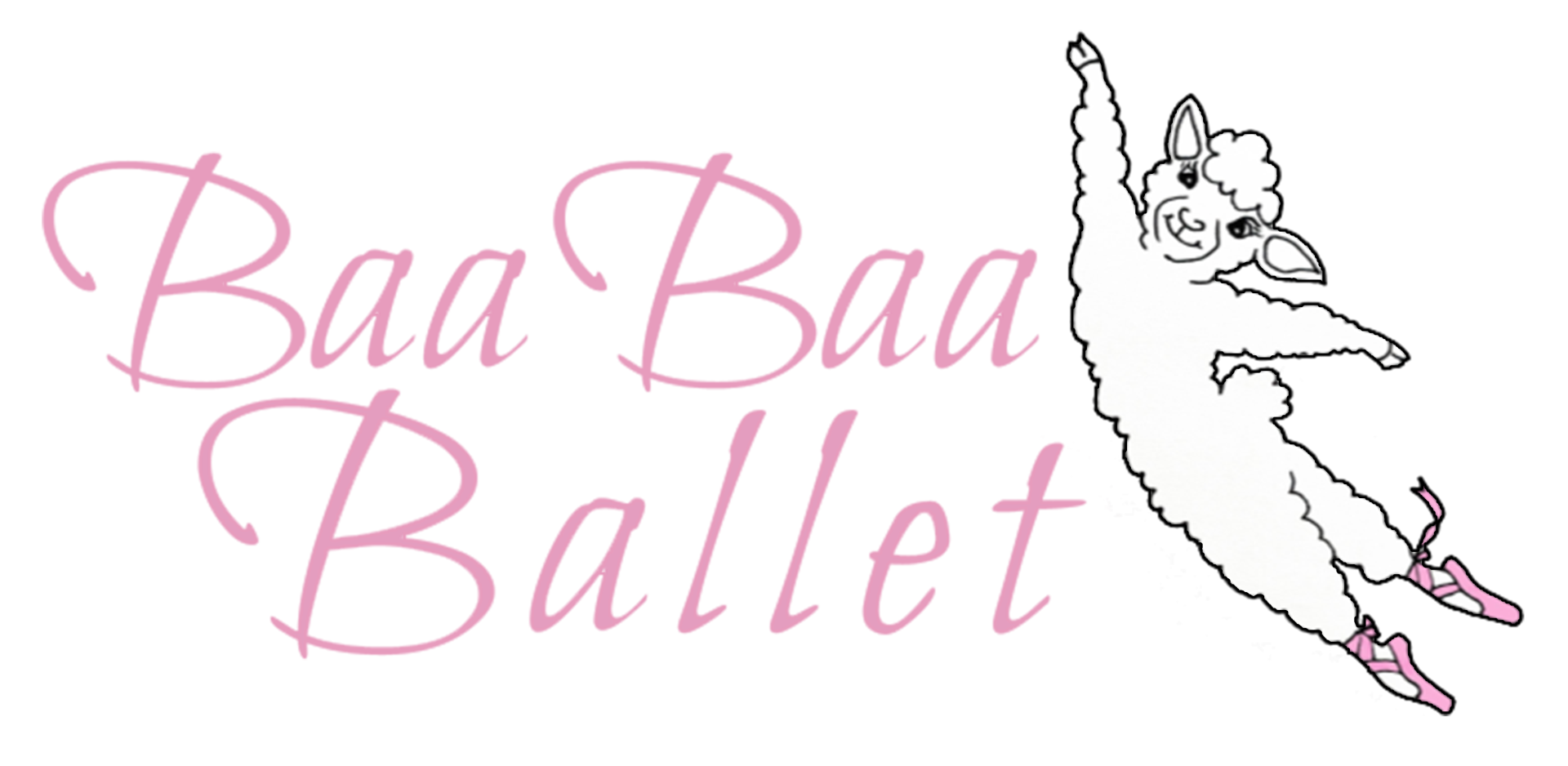
Pointes and Perspective #42 A Body In Motion Stays In Motion
A Body in Motion Stays in Motion A while back, on one of my morning commutes, I was listening to a talk radio show I often tuned into. The hosts weren’t doctors, scientists, or dancers. They were just everyday civilians chatting about life, aging, and those little aches and pains that creep in as we get older. One of them mentioned the old phrase, “A body in motion stays in motion.”
They weren’t talking about technique class or pirouettes, but about retirement. About how so many people slow down when they stop working, and that’s often when decline sets in. Their point was simple. As long as you keep moving, whether through gardening, walking, hiking, or just staying active, your body will remain your instrument.
As a dance educator, I think about this constantly. I am older now, and yes, I teach fewer hours than I once did. My body aches more, and it takes more effort to demonstrate movements than it used to. But I try to keep myself moving. I’ll do the combinations with my students, even if my legs don’t float as high as they used to. I’ll show the exercise, even if I have to modify it. And while I might not jump full-out every time, I’ll at least show it once, or mark it with as much clarity as possible.
I joke with my students that I want to be that crazy hundred-year-old teacher still rocking and rolling in the studio, and I truly mean it. The reality is that the moment I stop moving, I’ll lose the ability to move. So as much as I sometimes tell myself I should cut back, I know I need to keep dancing, keep teaching, and keep my instrument tuned.
I think of great examples of this in our field. Marie Walton, who founded Progressing Ballet Technique, is one. She is constantly teaching, mentoring, and certifying teachers. Not long ago, she had a serious injury after falling from her bike and breaking her pelvis. But because her body had always been in motion, her recovery was remarkable. Her physical therapist was stunned by how quickly she surpassed expectations, but really, it made sense. Her body was conditioned to stay in motion, and even through injury, it did.
And then I think of my parents, two very different kinds of “bodies in motion.” My dad is a self-proclaimed workout maniac. Even in retirement, he spends his mornings in the basement gym before heading out to help my brother with landscaping work. He’s 75, but he breaks stationary bikes from sheer overuse! He simply never stops moving, and it shows.
My mom, on the other hand, moves in quieter but equally consistent ways. She tends to her incredible gardens every single day, pulling weeds on her hands and knees. She cleans her home herself with care and detail. She teaches Sunday school, stays deeply involved with her church, and spends time with her grandchildren. Her days are full of motion, even if they look different than my dad’s, and she makes sure to tease him about her incredible fitness - without having to break gym equipment!
This morning, I came across a post by John Clifford, who reminded teachers to keep physically fit. He wrote, “I still try and do a daily barre (on orders of Alicia Alonso), it serves me well to stay in shape for when I teach and/or choreograph. Balanchine insisted that a teacher and/or choreographer MUST respect the dancers in front of him or her, and to be out-of-shape showed disrespect. Same goes for sitting down while teaching, or…God forbid…eating. I can’t jump or turn like I could, or get my legs as high, or do my trademark big backbends, but I still look like a dancer at least.”
He made the point that gaining too much weight as an educator can be a sign of disrespect to the art. Some took offense at that comment, and I understand why. Bodies are different. Injuries can limit what we show, and there is no one “right” way for an educator’s body to look. Many of us had amazing teachers with larger body composition, hip replacements, or who sat on stools with canes beside them!
But I also understood his perspective. In whatever capacity possible, we should try to remain mobile, and we should avoid sitting as much as possible. On days with long rehearsals when I needed a break, I’d use a stool, positioning myself above the dancers, maintaining command and presence. And eating? Well, we forbid our dancers from eating in class, and we should extend the same courtesy!
Those of you who follow me know I love etiquette. Reading Mr. Clifford’s post made me think. Not only about respect toward students, but about respect toward myself. Staying physically engaged is part of honoring the art, caring for our bodies, and maintaining the integrity of our teaching.
For me, it brought me back again to that phrase: a body in motion stays in motion. Perhaps this is another way of respecting the art itself. We don’t have to dance full-out as we once did, but if we keep moving, keep showing, keep marking, keep demonstrating even in small ways, we are not only caring for our own health, but honoring the discipline we teach.
So, whether it’s a student practicing tendu in class, a parent pulling weeds in the garden, or a teacher marking an adagio with grace, staying in motion is staying alive in our art, in our bodies, and in our lives.
And yes, I still plan to be that crazy hundred-year-old teacher, moving right alongside my students, because…
A Body In Motion, Stays In Motion

